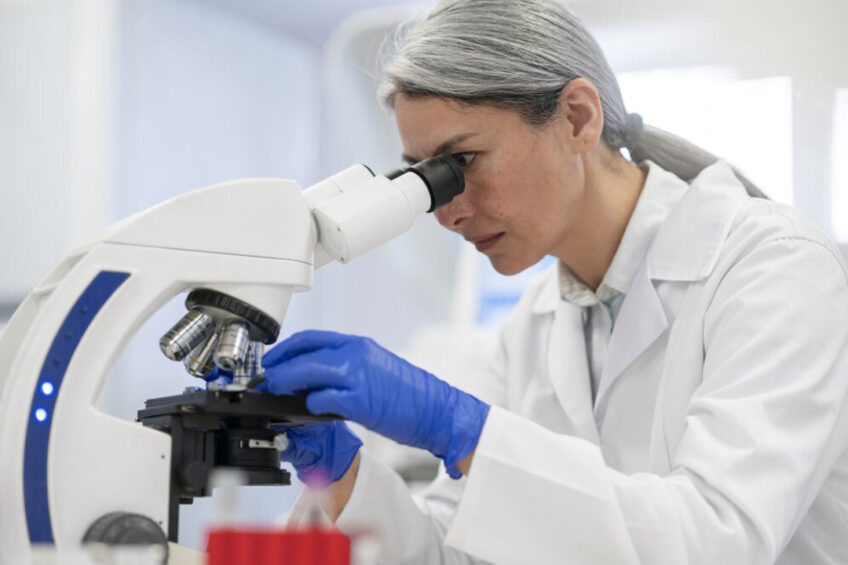US: Rising resistance among bacteria serotypes in poultry

The latest data from a national surveillance system has shown some concerning changes in resistance patterns among serotypes of both Salmonella and Campylobacter.
The findings come from the US-based National Antimicrobial Resistance Monitoring Systems (NARMS) report, which combines information from the Food and Drug Administration (FDA), the US Department of Agriculture (USDA) and the Centres for Disease Control and Prevention (CDC).
Its 2019 Integrated Study provides a snapshot of resistance patterns found in bacteria isolated from humans, animals, raw meats and meat and poultry product samples from slaughterhouses. The results showed that more than three-quarters of the Salmonella isolates (78%) from humans were not resistance to any of the antibiotics tested but it did find rising resistance to ciprofloxacin – one of 3 key antibiotics used to treat severe infections.
…Salmonella with decreased susceptibility to ciprofloxacin increased from 18 to 31% in retail chickens…
From 2018-9, Salmonella with decreased susceptibility to ciprofloxacin increased from 9-11% in humans, from 18-31% in retail chickens, from 20-30% in chicken product samples and from 26-32% in chicken caecal content samples.
The study found that the rise in resistance to ciprofloxacin among poultry isolates was mainly due to a jump in Salmonella Infantis, a multidrug-resistant (MDR) serotype that emerged in 2014. The increase in isolates was also behind a rise in MDR isolates found in retail chicken (20-32%) and chicken product samples (22-29%). Up to 10 antimicrobial resistance (AMR) genes were found in some of the Salmonella Infantis isolates.
NARMS data also showed rising fluroquinolone resistance in Campylobacter isolates. Ciprofloxacin-resistant C jejuni isolated from chicken caecal content rose from 21% in 2018 to 26% in 2019, while chicken retail samples also rose 20-22%. In humans, the proportion also rose from 29% to 34% for Campylobacter jejuni.
More comprehensive effort to reduce Salmonella
Last year, the USDA’s Food Safety and Inspection Service announced that it was mobilising a stronger and more comprehensive effort to reduce Salmonella illnesses in poultry products and across the supply chain.
Agriculture secretary, Tom Vilsack, said last October that too many consumers were becoming ill every year because of poultry contaminated by Salmonella. More than 1 million consumer illnesses due to Salmonella occur annually and it is estimated that nearly a quarter are linked to the consumption of chicken and turkey.
USDA has been seeking stakeholder feedback on specific Salmonella control and measurement strategies, including pilot projects in poultry slaughter and processing establishments. A key component of this approach is encouraging preharvest controls to reduce contamination into the slaughterhouse.
The report can be found here.
In January, Poultry World also reported on resistant bacteria discovered in chickens in study in Peru.













